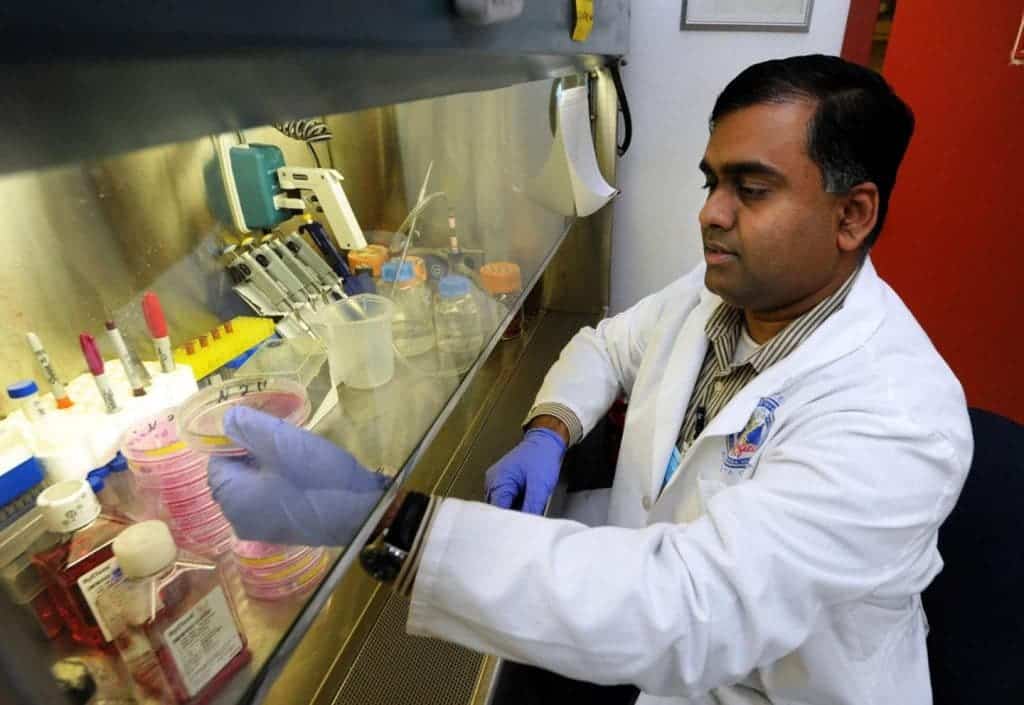Researchers at the University of Georgia may be zooming in on a treatment for prostate cancer. Their new therapy shows great efficacy for mouse models, and the treatment is expected to go in human trials.

Prostate cancer is the second most common type of cancer, killing some 10,000 people in the UK every year (rates vary greatly across the world), with most men over 50 being at a very high risk of disease. The proposed treatment inhibits the activity of a protein called PAK-1. PAK-1 is responsible for the development of highly invasive prostate cancer cells.
“PAK-1 is kind of like an on/off switch,” said study co-author Somanath Shenoy, an associate professor in UGA’s College of Pharmacy. “When it turns on, it makes cancerous cells turn into metastatic cells that spread throughout the body.”
The solution they propose bears a similar name – IPA-3. IPA-3 is a molecule which limits the activity of PAK-1 proteins. Shenoy and Brian Cummings, an associate professor in UGA’s College of Pharmacy, packed IPA-3 in a bubble-like structure called a liposome and injected it intravenously. The liposome shell surrounding IPA-3 ensures that it is not metabolized by the body too quickly, allowing the inhibitor enough time to disrupt the PAK-1 protein. Hitting this timing is important for the disruption of PAK-1.
They found that following this treatment,
“When we first began these experiments, we injected IPA-3 directly into the bloodstream, but it was absorbed so quickly that we had to administer the treatment seven days a week for it to be effective,” Shenoy said. “But the liposome that Dr. Cummings created makes the IPA-3 much more stable, and it reduced the treatment regimen to only twice a week.”
The preliminary results are really good, but there is still a while before we can test this on humans. They’ve shown that the treatment can work, now they have to see what negative side effects it could have.
“The results of our experiments are promising, and we hope to move toward clinical trials soon,” he said, “but we must figure out what side effects this treatment may have before we can think about using it in humans.”





